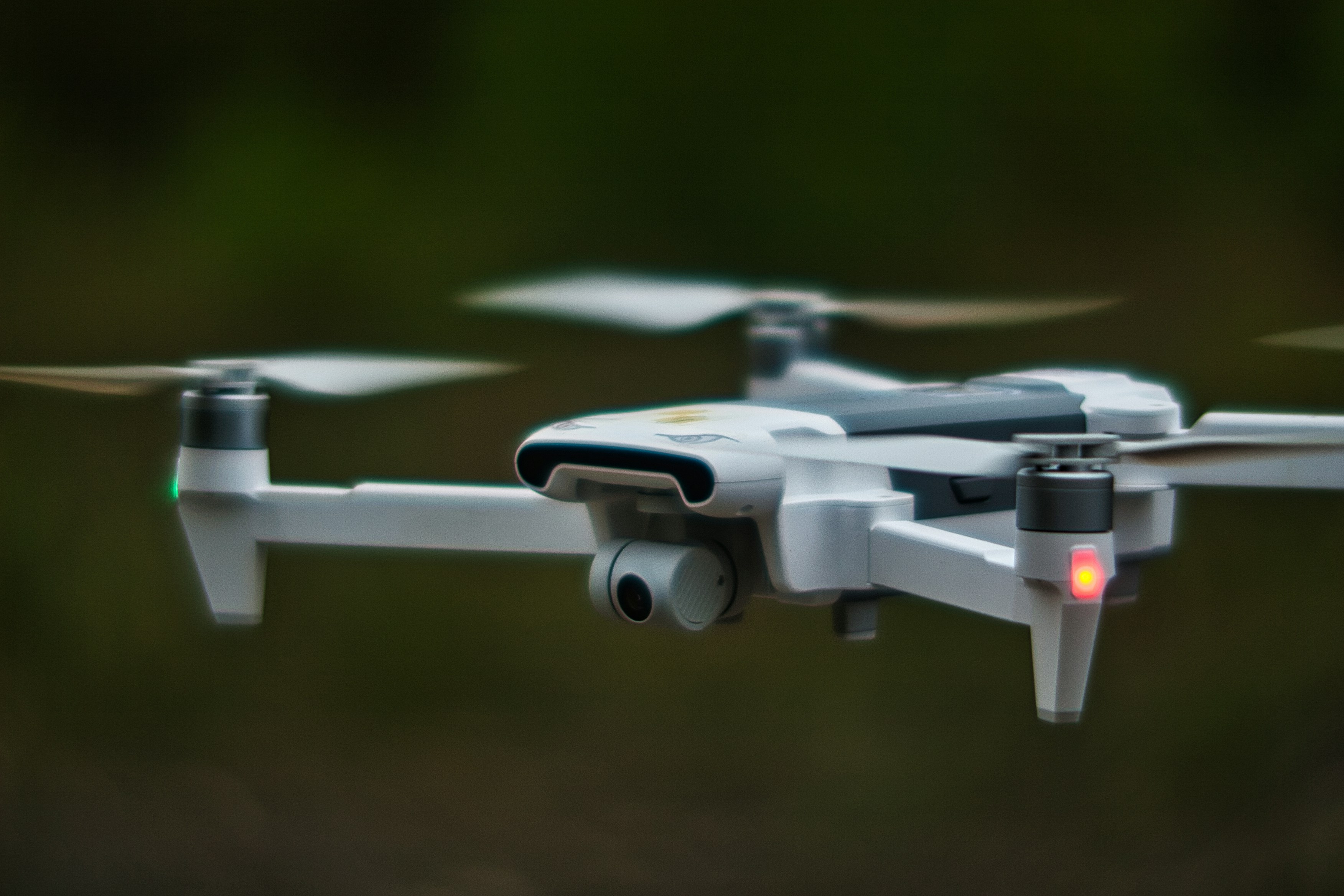- Location:Edinburgh, South Australia, Australia
- Clearance Type:Secret (NV1)
- Telecommute:Yes - May consider hybrid teleworking for this position
- Travel Required:Yes, 25% of the Time
- Relocation Assistance:Relocation assistance may be available
- Positions Available:1
We’re building something special here in Australia. Committed to safeguarding our Country’s future by solving the toughest problems in Aeronautics, Space, and Mission Systems, we’re investing in our business, growing our capabilities, and nurturing a great reputation as the place to be in Defence. ‘Defining Possible’ is our mantra and we are committed to making sure that’s as relevant for our people as for our customers.
Northrop Grumman's MQ-4C Triton Unmanned Aircraft System (UAS) provides real-time intelligence, surveillance, and reconnaissance (ISR) over vast ocean and coastal regions. The aircraft can fly for more than 24 hours at a time, at an altitude above 55,000 feet and an operational range of 8,200 nautical miles.
Your Role:
We are seeking a highly skilled and suitably qualifiedPrincipal Aerospace/Mechanical Engineerto support the MQ-4C Triton Program. You will be responsible for:
- Development, Review and Approval of engineering instruments before release to customers.
- Monitoring and managing Airworthiness Directives implementation of and compliance with the Continuing Airworthiness requirements.
- Managing Engineering workflow and backlog with other Engineers and Product Support staff.
- Maintain and exercise the engineering delegation determined by NGA.
About You:
As an experienced and degree qualified Engineer, you will bring a high level of technical acumen, with a desire to drive best-practice outcomes. You will have:
- Engineering Degree in Mechanical or Aerospace.
- Working knowledge of CASA or DASA Continuing Airworthiness Frameworks.
- Previous Engineering Authority Delegation.
- Ability to present to customers.
What we offer:
Whatever your role, life stage, or background, you can shape your career here in your way with highly challenging work, great colleagues, and career development, plus a range of flexible benefits and working patterns.
- Commitment to your Professional Development – further education, leadership development, professional industry memberships and unlimited access to a range of online training.
- Options for flexible & hybrid work including a 9-day fortnight.
- Up to 2 weeks additional purchased annual leave.
- Salary packaging including novated car leases.
- Generous parental leave entitlements.
- Relocation assistance.
- Employee Assistance Program.
- Support towards continued Professionalisation through our agreement with Engineers’ Australia.
Defining Possible means something different to each one of us.What’s Your Possible?
Everyone Matters
Doing the Right Thing and Sharing Success are two values underpinning how we behave at Northrop Grumman. Here, everyone matters and we proudly encourage individuals from all backgrounds and all abilities to apply to join our diverse and inclusive workforce. Aboriginal and Torres Strait Islander people are welcome and encouraged to apply.
Note: As a Defence security clearance is required for this role, you will need to be an Australian Citizen. International Traffic in Arms Regulations (ITAR) are applicable, so your nationality may be a factor in determining your suitability for this role.
Northrop Grumman is committed to hiring and retaining a diverse workforce, and encourages individuals from all backgrounds and all abilities to apply and consider becoming a part of our diverse and inclusive workforce. Aboriginal and Torres Strait Islander people are welcome and encouraged to apply.
- Be part of a culture that thrives on intellectual curiosity, cognitive diversity and bringing your whole self to work.
- Use your skills to build and deliver innovative tech solutions that protect the world and shape a better future.
- Enjoy benefits like work-life balance, education assistance and paid time off.
#J-18808-Ljbffr


